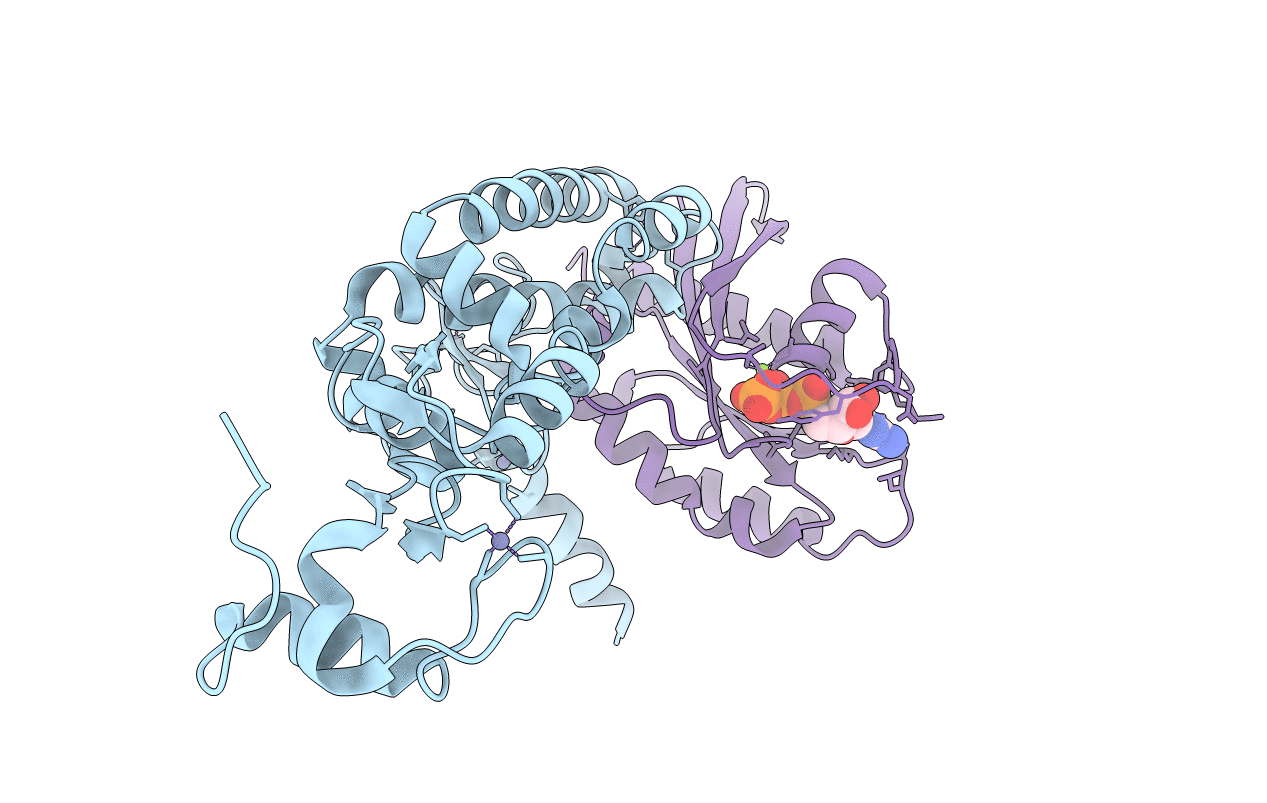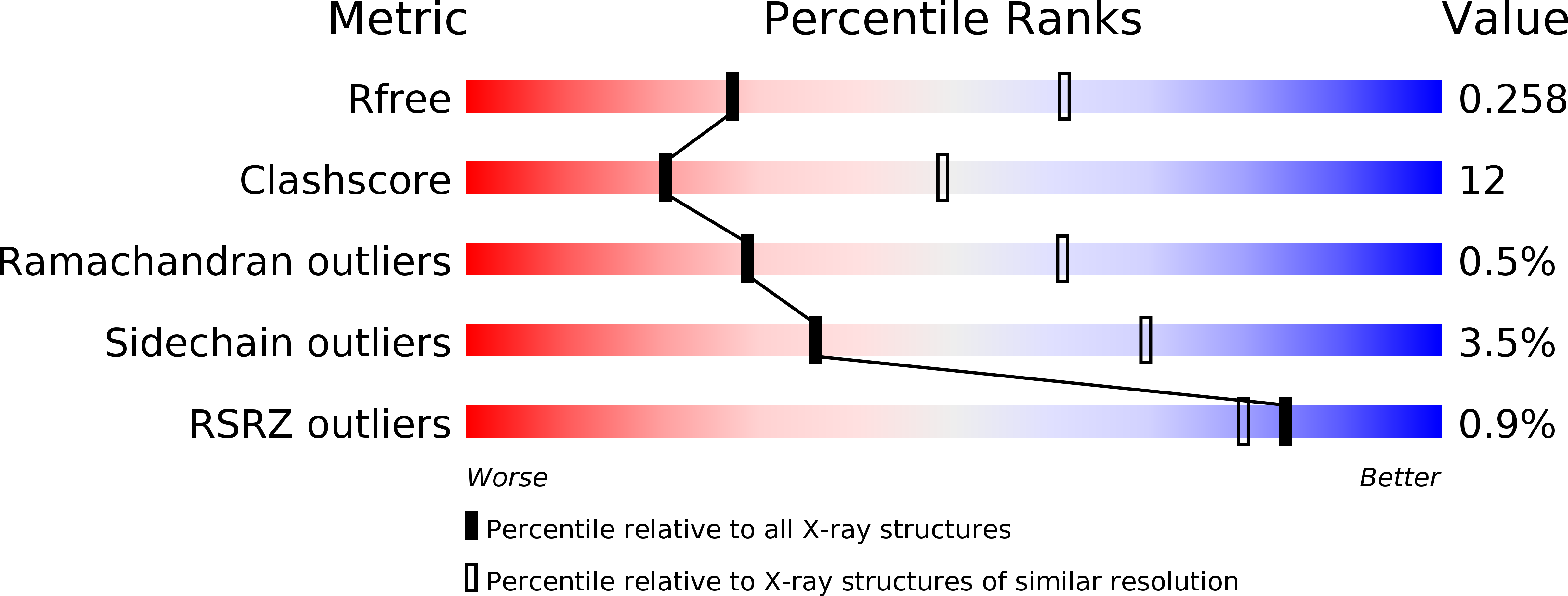
Deposition Date
2020-03-31
Release Date
2020-07-01
Last Version Date
2023-10-18
Entry Detail
PDB ID:
6WCW
Keywords:
Title:
Structure of human Rubicon RH domain in complex with GTP-bound Rab7
Biological Source:
Source Organism:
Homo sapiens (Taxon ID: 9606)
Host Organism:
Method Details:
Experimental Method:
Resolution:
2.80 Å
R-Value Free:
0.25
R-Value Work:
0.19
R-Value Observed:
0.20
Space Group:
I 1 2 1


